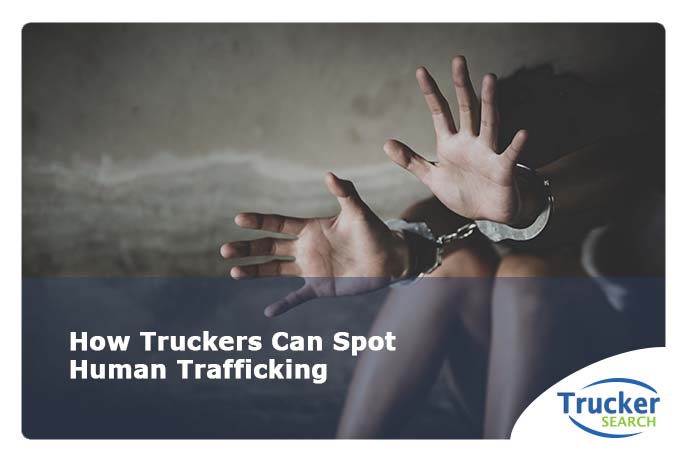Human trafficking is modern-day slavery. Traffickers use force, fraud, or coercion to gain control over their victims and force them into labor or commercial sexual exploitation. They might use violence, manipulation, or false promises of high-paying jobs or intimate relationships to entice victims into trafficking situations. Traffickers seek out individuals who are vulnerable for different reasons such as psychological or emotional weakness, economic hardships, lack of a social safety net, natural disasters, or political instability.
Every year millions of women, children, and men are trafficked worldwide. Trafficking occurs in any community and victims are of any age, race, gender, or nationality. It can happen in a variety of locations such as truck stops, restaurants, rest areas, hotels/motels, private homes, etc. Victims often refrain from seeking help due to language barriers, fear of their traffickers, and/or fear of law enforcement. The trauma victims endure can be so great that many do not see themselves as victims or ask for help.
How to Spot Human Trafficking
Since traffickers often take advantage of the transportation system to move their victims across the country, truck drivers are at an advantage in seeing signs and making reports. They are the eyes and ears of our nation’s highways. They should try to be on the lookout for human trafficking, in particular sex trafficking, which often happens at truck stops. This usually occurs two ways:
- Escort-like services: This typically occurs in the buyer’s truck or at a nearby motel. The victims normally solicit customers by using a CB radio, knocking on truck doors, or walking up and down the tarmac.
- Fake massage businesses: These typically have billboards or other ways of advertising along the highway or in the truck stops.
Victims of both ways are always being moved to keep them from developing relationships or reaching out for help.
There are common signs that commercial truck drivers can watch for if they think someone might be a victim of trafficking. These include:
- An individual who is disoriented or does not know where they are
- Someone who is bruised or has tattoos that look like branding or barcodes
- An individual who appears out of place, is not carrying any luggage, or wearing clothes that are not appropriate for the weather or setting
- A person who is not in control of their ID/passport
- Restricted or controlled communication or is not allowed to speak for themselves
- CB talk about “commercial company” or flashing lights indicating “buyer” location
- Acknowledgement of a pimp and making a quota
- A van or RV that appears out of place near trucks
- A vehicle dropping someone off at a truck and picking them up 15-20 minutes later
How to Respond
If you suspect a trafficker or a victim of trafficking, or think something is wrong or out of place, trust your instincts and report it to the local law enforcement. Never confront a suspected trafficker or victim as this can make the situation more dangerous for you and the victim. You can also contact the National Human Trafficking Hotline at (888) 373-7888, or text HELP or INFO to BeFree at 233-733. This national hotline is available 24/7 and provides resources for victims and reporters. Callers do have the option of remaining anonymous.

